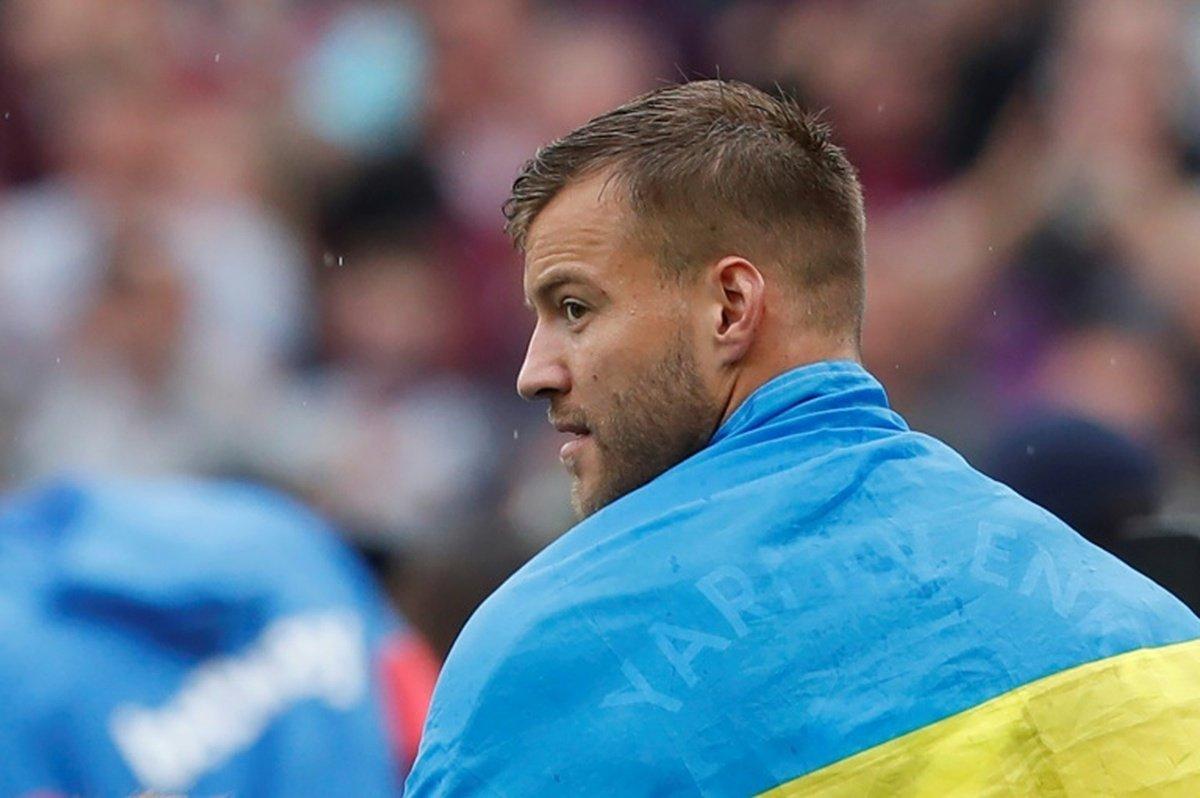Big football begins with hundreds of small steps and a big childhood dream. The dreams of boys from Chernihiv region began with the stadium named after Yurii Gagarin, in particular the path of Andriy Yarmolenko, the midfielder of the Al-Ain club from the United Arab Emirates. The football player became the voice of the stadium in the new video of the “Postcards from Ukraine†project of the Ukrainian Institute.
Andriy Yarmolenko is the captain of the national team of Ukraine and its second scorer, the author of the fastest goal in the history of the national team – within 15 seconds of the match. He is currently playing for the Emirati team, coached by Ukrainian Serhiy Rebrov. Andriy recalled the beginning of his football career in Chernihiv, telling the story of the stadium that kept his childhood memories, and now it can become a memory itself.

About the stadium named after Yurii Gagarin
Chernihiv is a city with the population of more than 250,000 residents located 150 km to the north-north-east of Kyiv. The stadium is part of the Chernihiv Olympic Sports Centre. It is from this stadium which is the home arena for the Desna football club where the career of European vice-champion Oleg Kuznetsov began.
In the 19th century, there was a city garden on this site, and in 1936, in order to develop the physical training of Chernihiv residents, a stadium for 3,000 spectators was built here. During the Second World War, it was significantly damaged by bombings, and restoration began only in the 1950s. The stadium was named after Yurii Gagarin, the person who first visited space. Later, residents of Chernihiv met with the spaceman at the stadium in person.
At the time of Ukraine’s independence, the Chernihiv City Council undertook an official commitment to preserve the stadium named after Gagarin as a base for Olympic training and to do everything so that it meets the requirements of the International Association of Athletics Federations (IAAF). The residents of Chernihiv continued their work so that the sports complex fully met the requirements of UEFA.
“Nowadays, Chernihiv had the stadium suitable for hosting football games of the highest level. And then the war started. The stadium where my childhood dream had come true was destroyed by [the Russian] explosive bombs,†says Andriy Yarmolenko in the video.
On March 5, 2022, during the siege of Chernihiv, the eastern stand was destroyed. And on March 11, Russian aircraft damaged the field as well. The stadium, where entire generations of Ukrainians trained for decades, where future champions grew up, where children’s dreams came true, was destroyed by the Russian invaders. However, you can destroy the stands, but you can’t destroy a dream.
“Postcards from Ukraine†is a project of the Ukrainian Institute, which tells about destroyed monuments of Ukraine. With the support of USAID, a single database was created with about 100 monuments, where you can see the scale of the destruction and read the history of each monument in English and Ukrainian.
As of August 26, 492 episodes of war crimes against the cultural heritage of Ukraine were committed, according to the Ministry of Culture and Information Policy of Ukraine.
The project team urges you to tell the world about the destruction of Ukrainian culture, distribute postcards on social networks and send them to your friends abroad so that the world learns the truth about how Russia is destroying the cultural heritage of Ukraine. Use the hashtag #PostcardsFromUkraine.





















